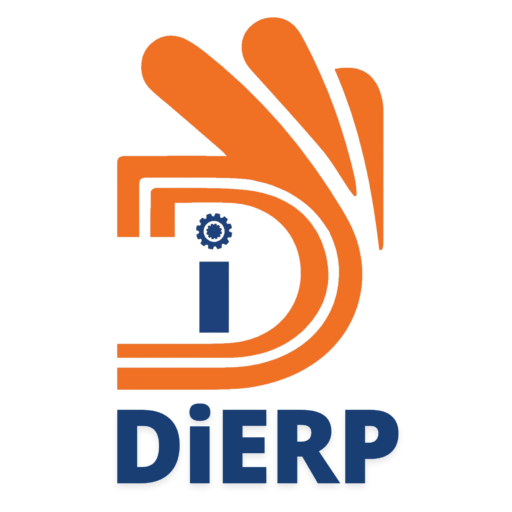Finance Accounting
The Finance and Accounting module, including DIERP, is one of the most critical components of an ERP system. It manages and automates financial processes, ensuring compliance, transparency, and efficiency in financial operations.


Purchase Invoice
Sales Invoice
A Sales Invoice is a key document in financial accounting and ERP systems. A seller issues it to a buyer to document the details of a sale transaction. The Lead Management feature in a CRM is designed to help businesses capture, track, and nurture these leads efficiently until they are ready to be converted into sales opportunities.


POS Invoice
A POS (Point of Sale) Invoice in the context of finance and accounting in an ERP system is a document generated during a sale transaction at the point of sale. It represents the sale and includes details of the transaction. A Purchase Invoice is a critical document in financial accounting that records a business’s liability for purchasing goods or services from a supplier. It plays a central role in managing accounts payable and ensuring proper bookkeeping.
Payment Entry
A Payment Entry is a critical feature in financial accounting used to record transactions involving payments made or received. This feature is handy in accounting systems like ERP, QuickBooks, or custom-built solutions for managing finances.A Purchase Invoice is a critical document in financial accounting that records a business’s liability for purchasing goods or services from a supplier. It plays a central role in managing accounts payable and ensuring proper bookkeeping.


Journal Entry
Accounts Payable
In financial accounting, Accounts Payable (AP) refers to the amounts a company owes to its suppliers or vendors for goods or services received but not yet paid for. It is recorded as a liability on the company’s balance sheet, typically under current liabilities, since these amounts are generally due within a short period, such as 30 to 90 days.

